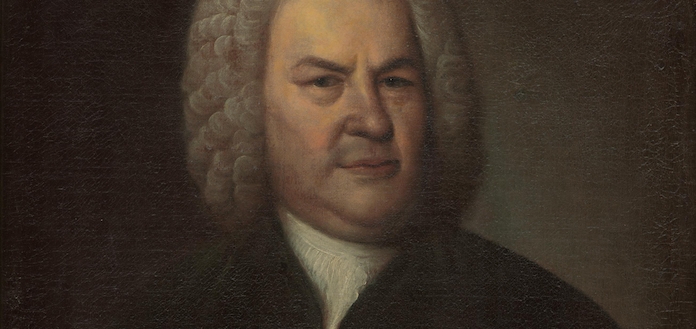The Solo Violin
Johann Sebastian Bach - Violin Sonata No.3 for Solo Violin
J.S. Bach's cycle of three sonatas and three partitas for unaccompanied violin set new standards both in instrumental performance and compositional technique - standards that have lost none of their currency over the years. They were composed no later than 1720, meaning Bach would have been around the age of 35 when he completed these works.
By reducing his compositional resources to the barest minimum, Bach set himself the extraordinary task of displaying full harmonic and contrapuntal riches, with no noticeable loss, on a melody instrument with a limited capacity for rendering choral and contrapuntal textures. The violin has a mere four strings and yet Bach had such an astonishing vision for what could be achieved on this one, small instrument.
Listen to the last of his solo sonatas for violin, No.3 (C major), performed by Hilary Hahn:
 |
| J.S. Bach (1685 - 1750) |
Bach was essentially a self-taught musician and in his day he was not considered particularly special. Little of his music was published or performed after his death. He was by no means considered to be a sophisticated intellectual and he knew little beyond music and theology. However, he came from a dynasty of professional musicians in north Germany, his own father being a respected violinist. Bach's musical aptitude was taken for granted and so he received little systematic training in his youth. It is said that at the age of nine, he almost ruined his eyesight by secretly copying out by moonlight an entire library of instrumental scores to which he had been denied access.
In 1964, at the age of 9, both his parents died and until he was 15, he was brought up by his older brother, Johann Christoph. He then gained a place in the choir at Luneberg, where he was able to compose, read scores, study the organ, clavichord and violin.
Sources: Preface to the Barenreiter Urtext edition of J.S. Bach's Three Sonatas and Three Partitas written by Peter Wollny (translated by J. Bradford Robinson), Jeremy Nicholas 'The Great Composers'
Comments
Post a Comment